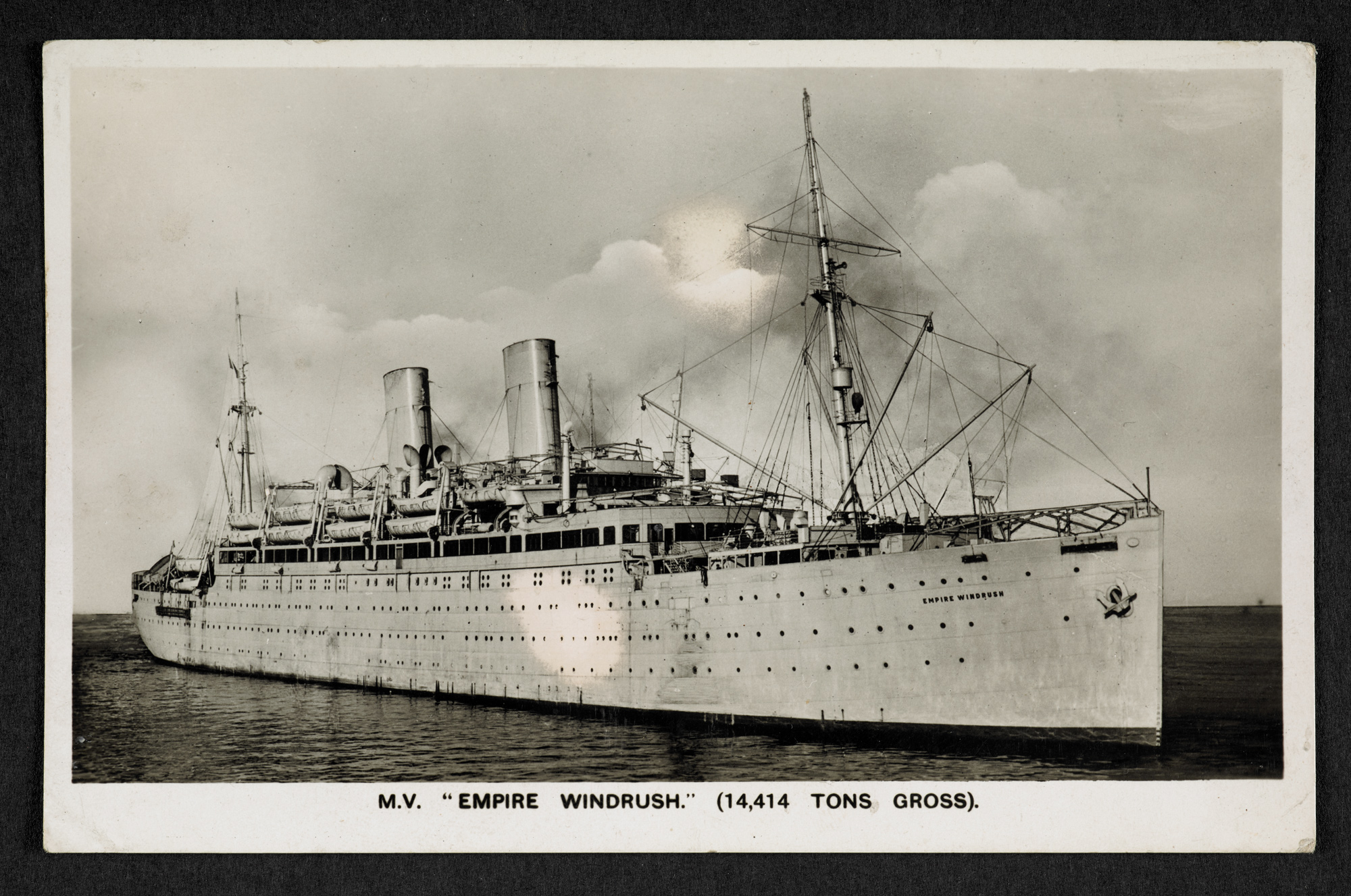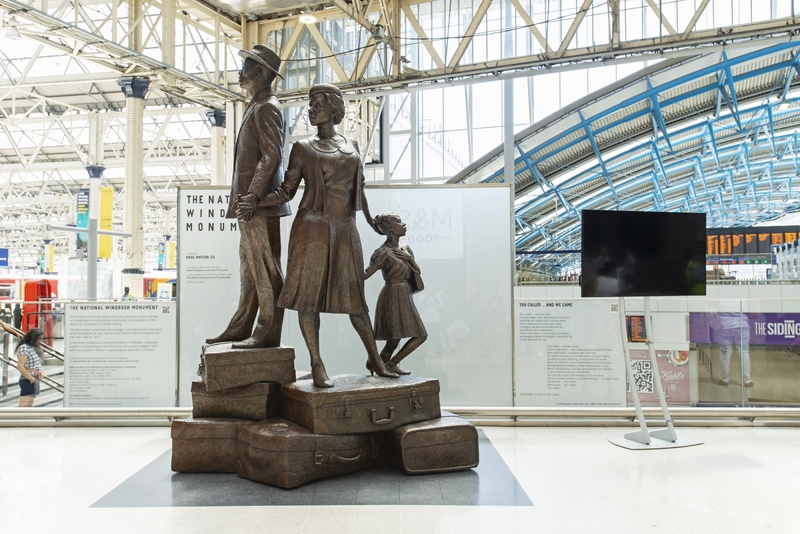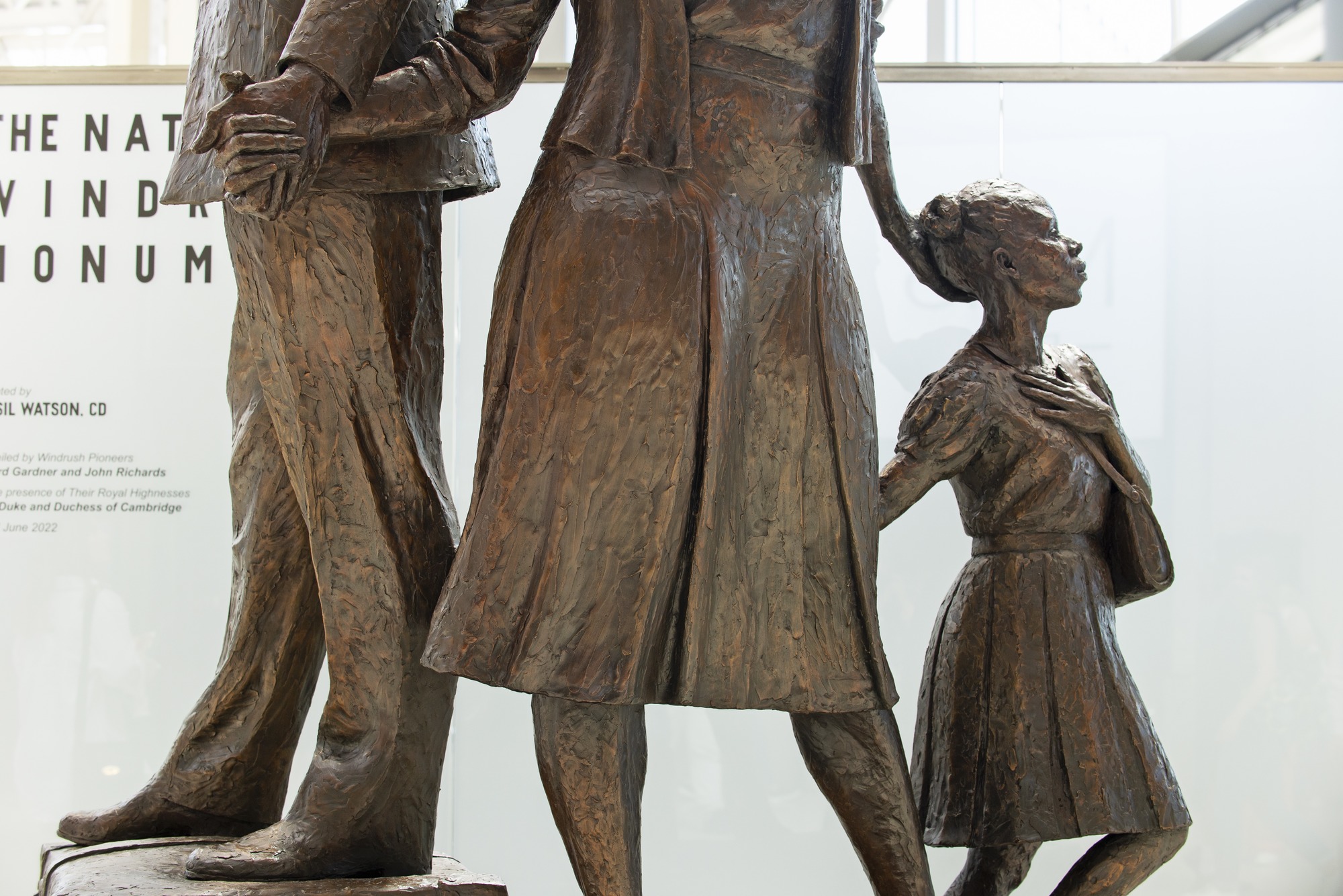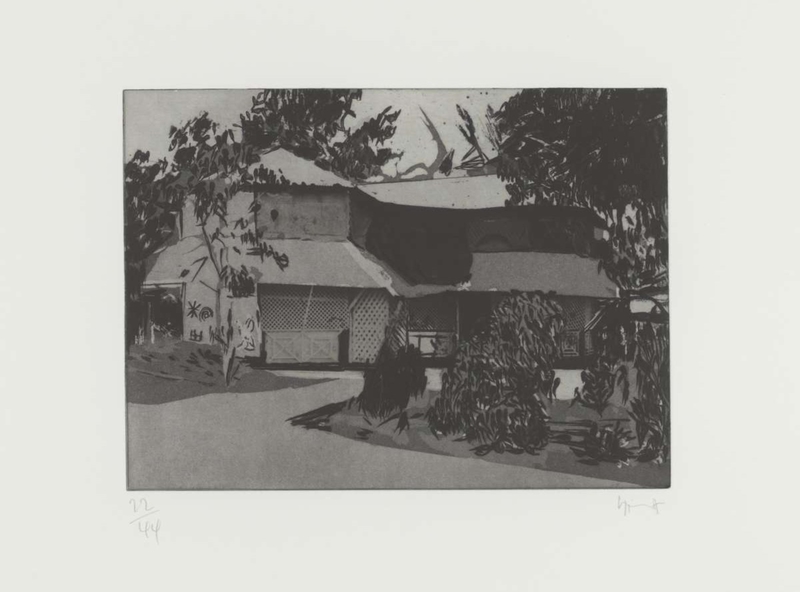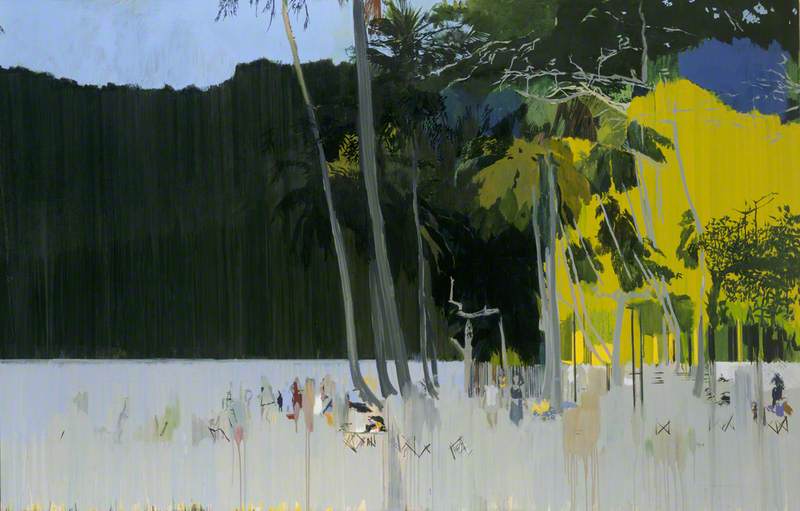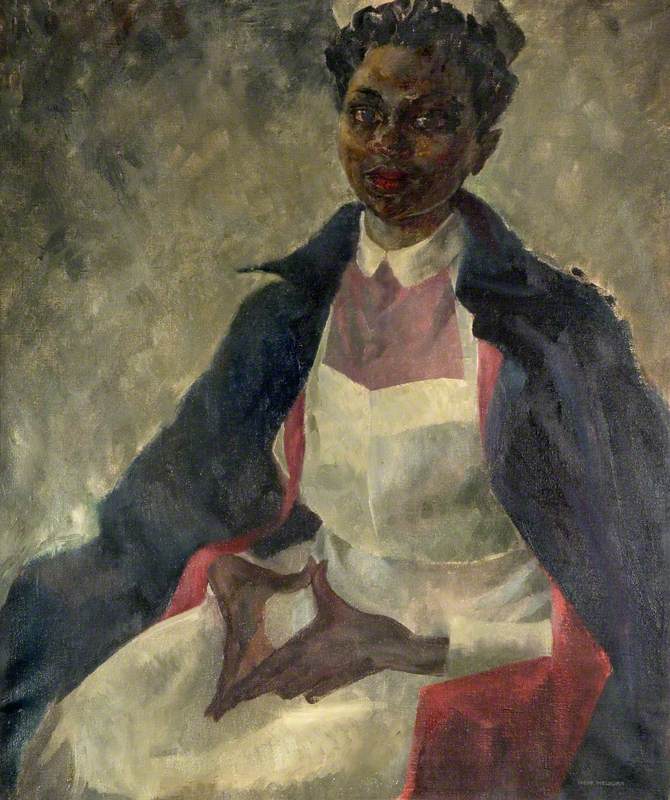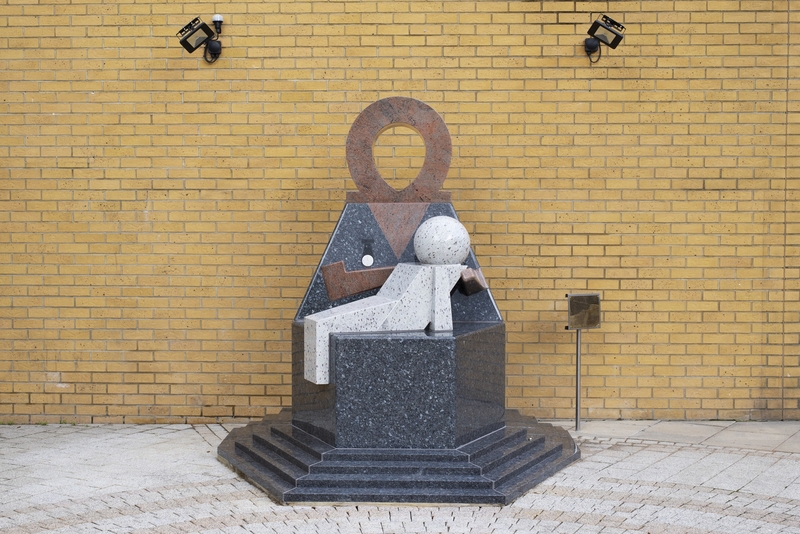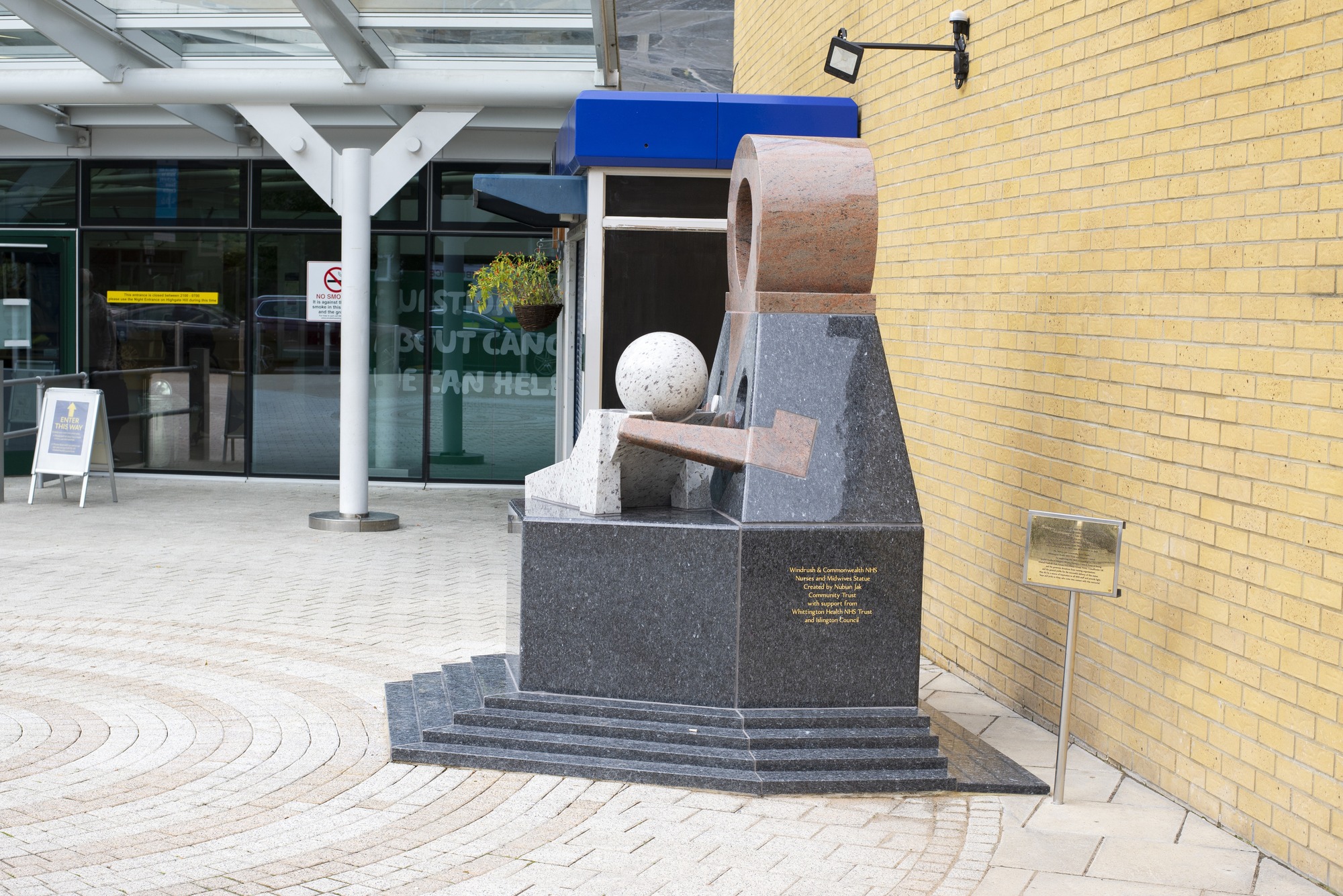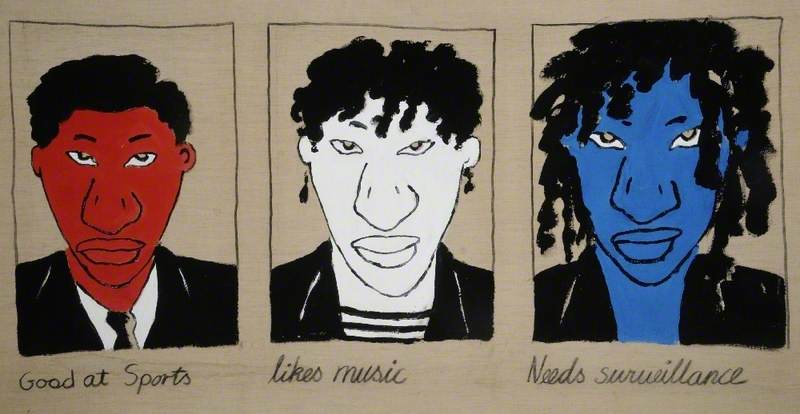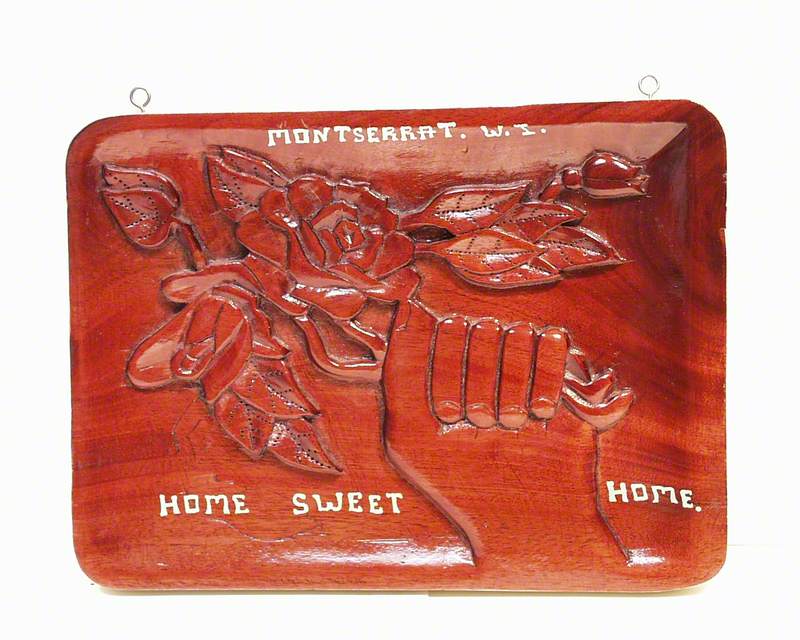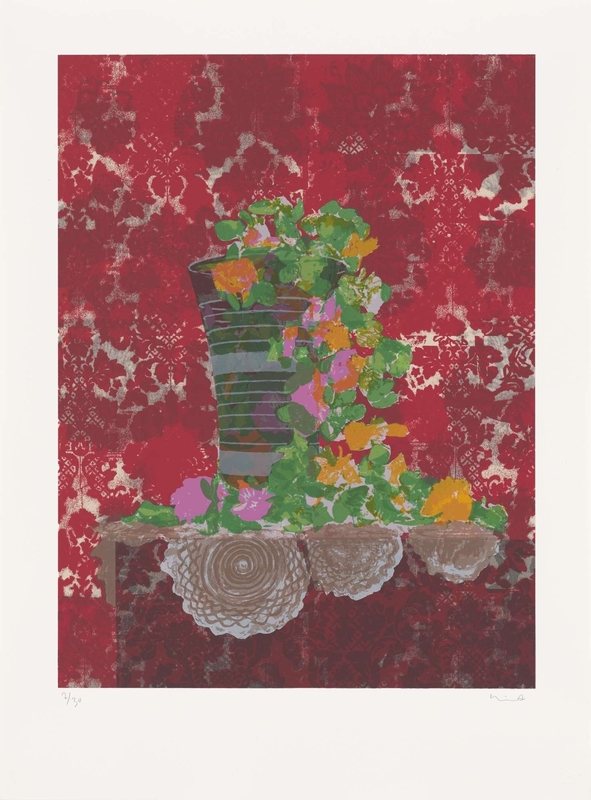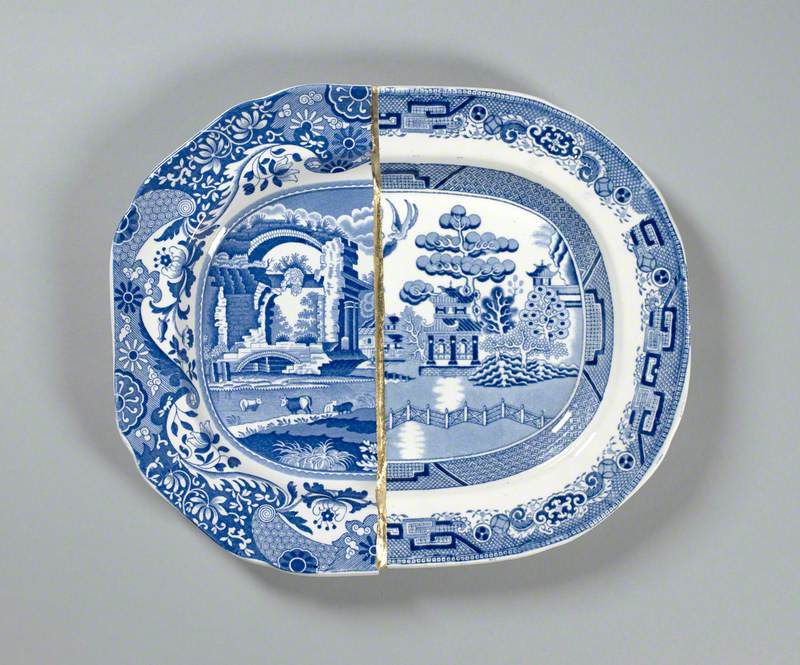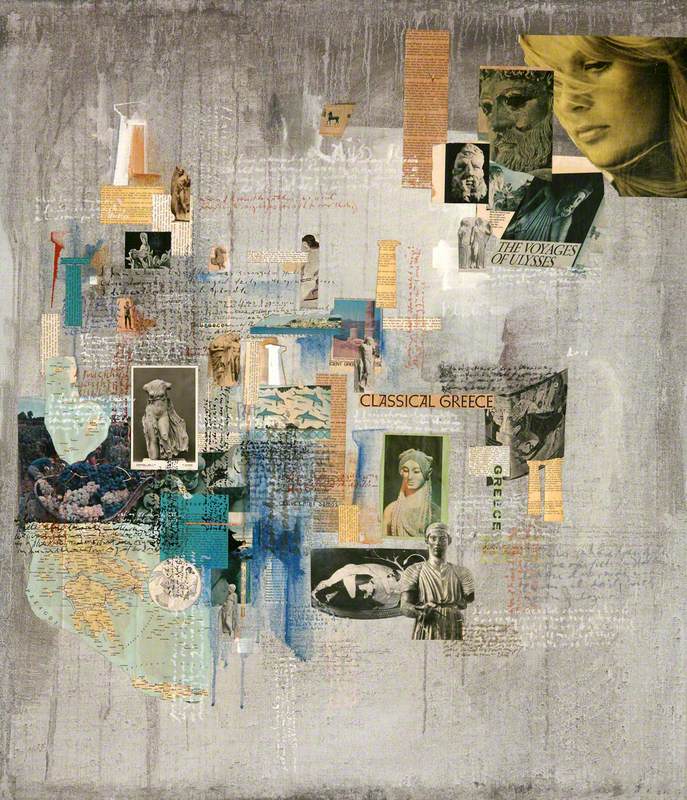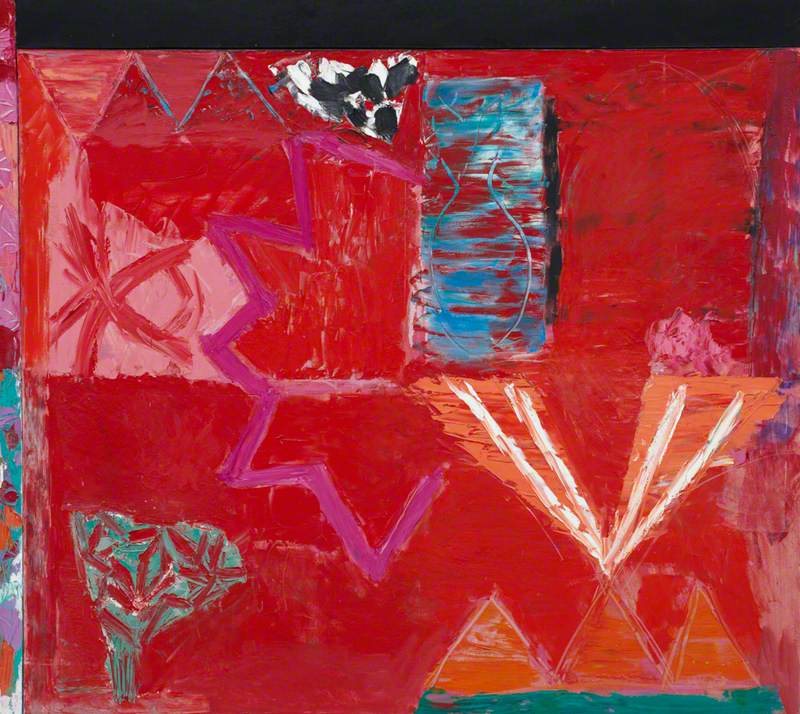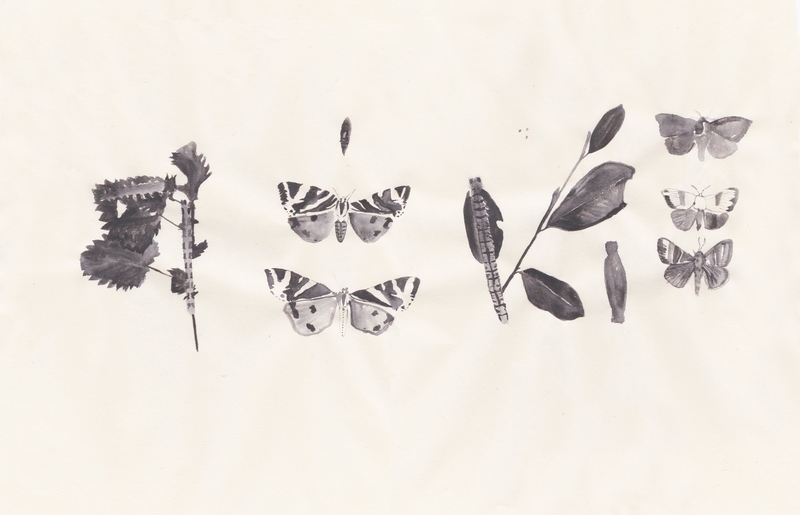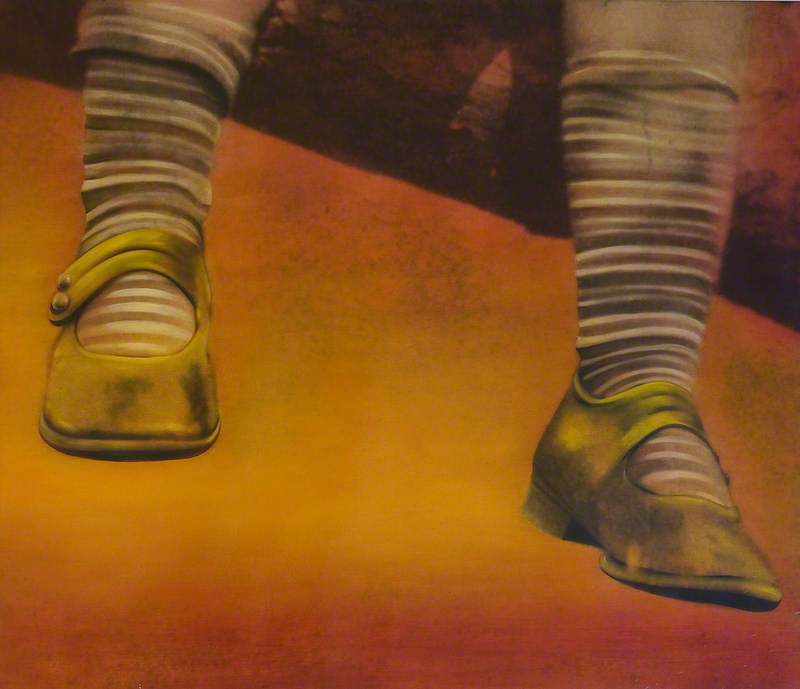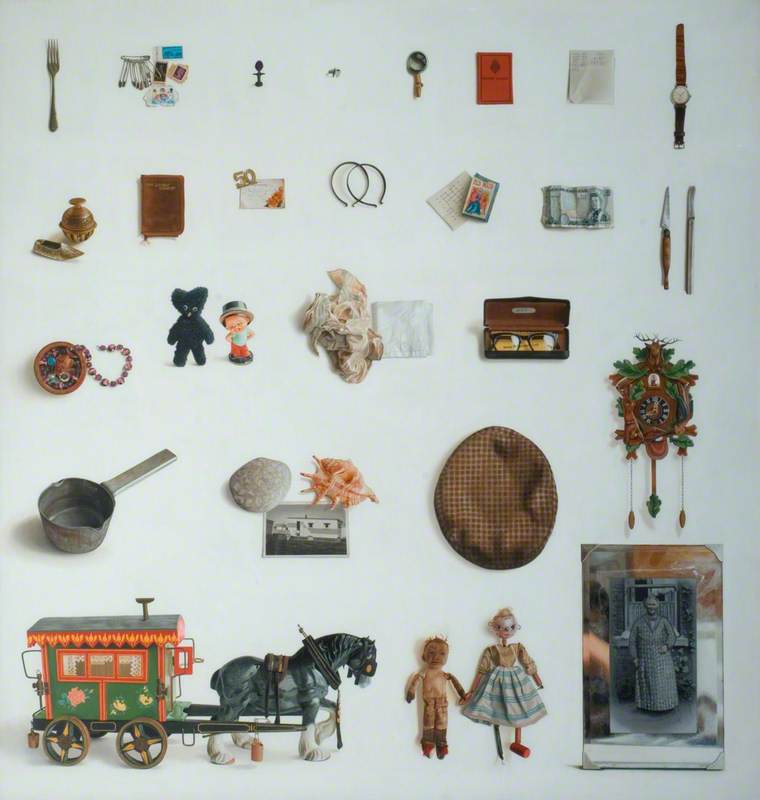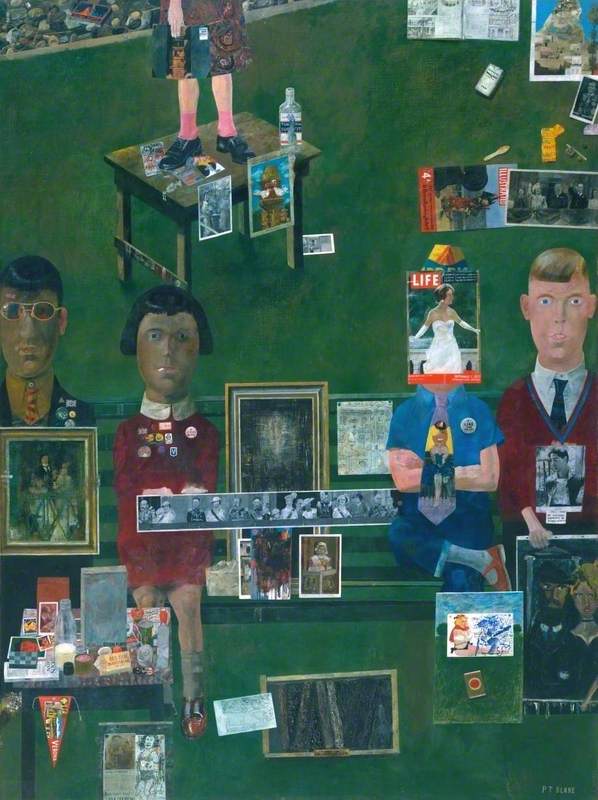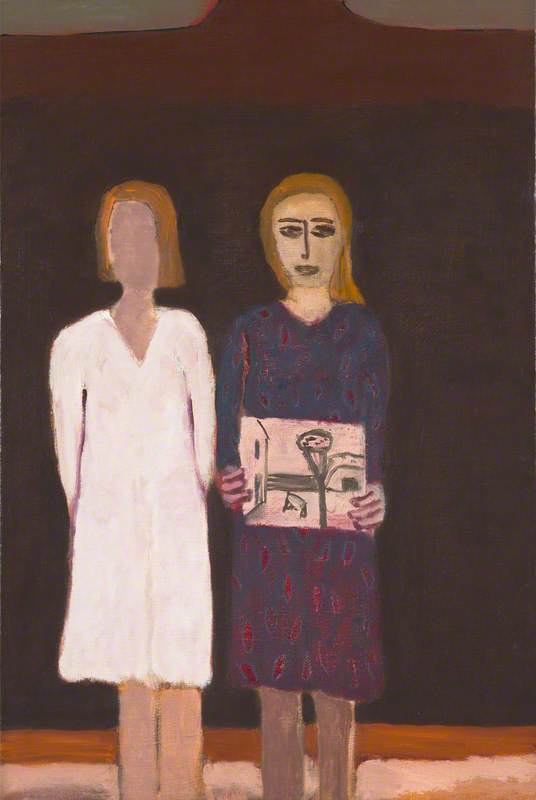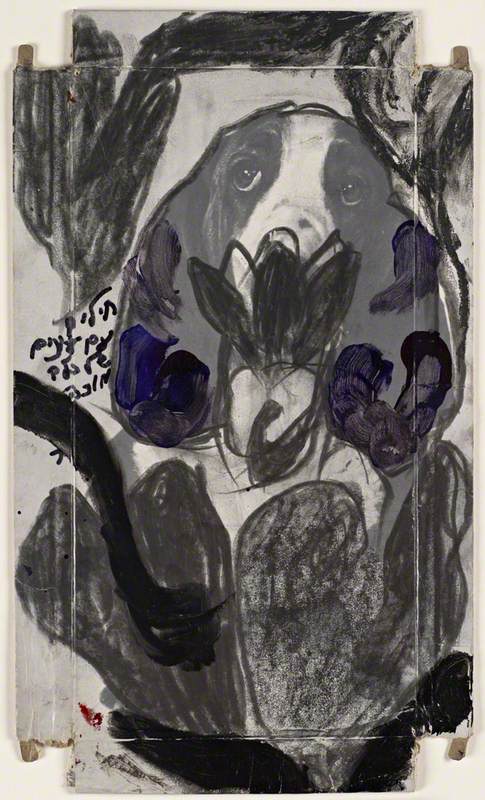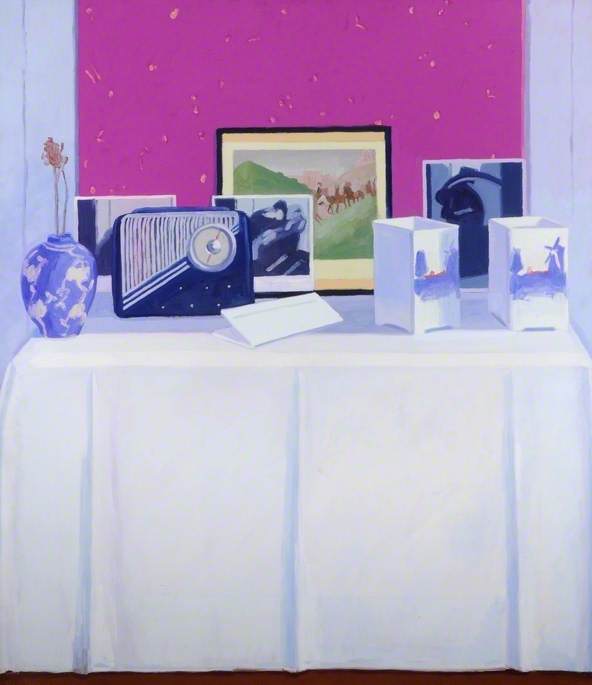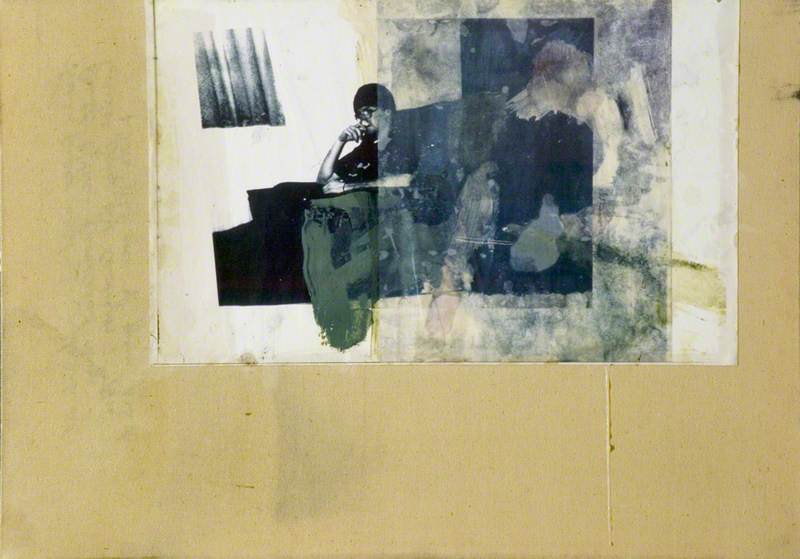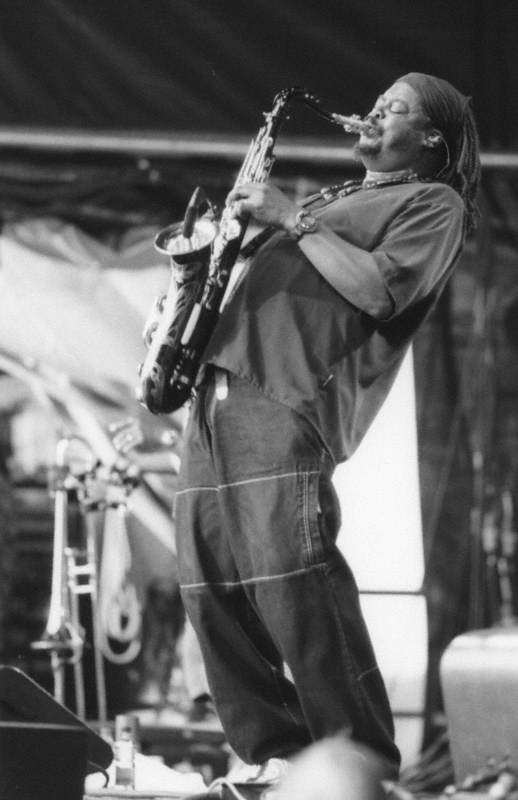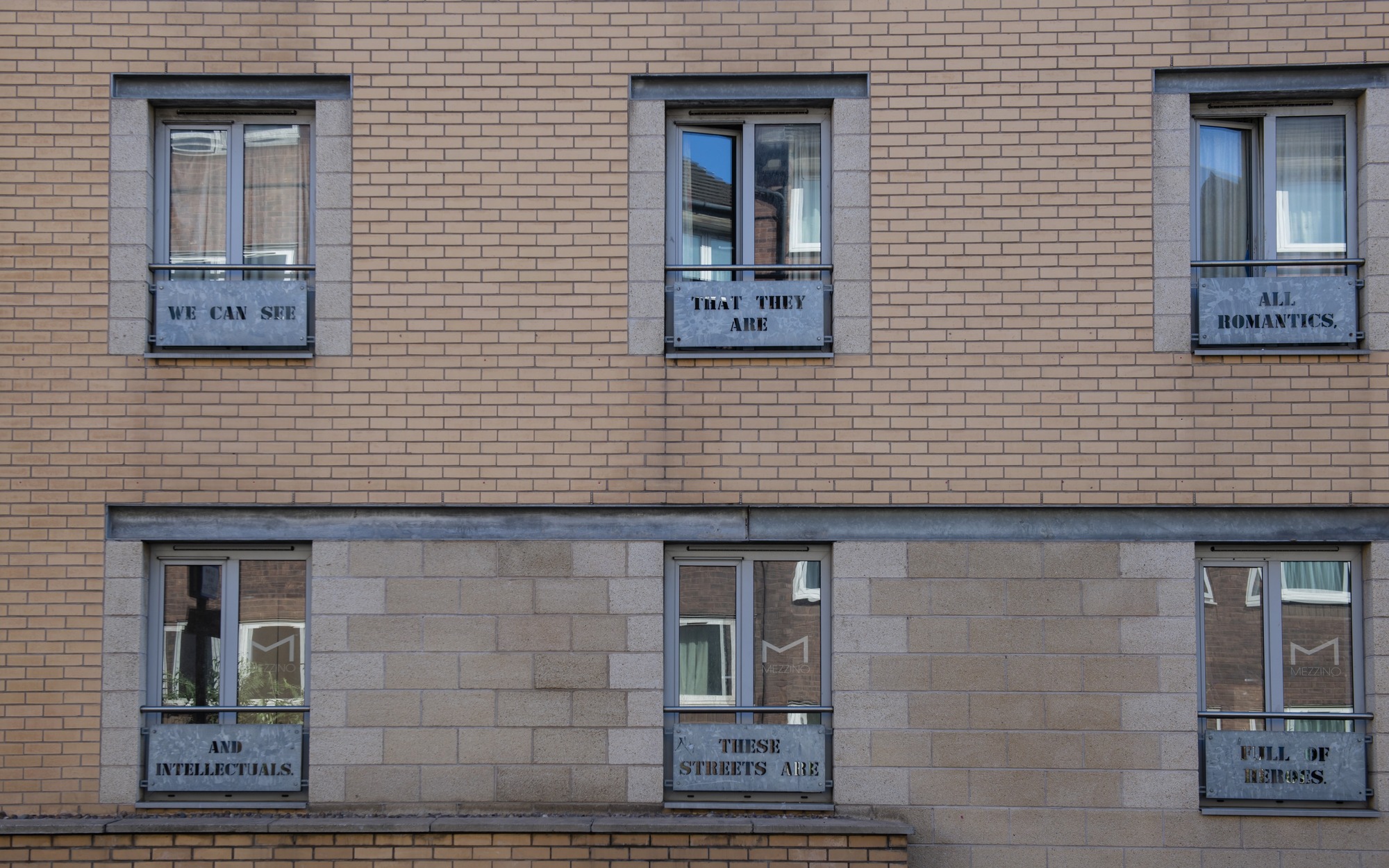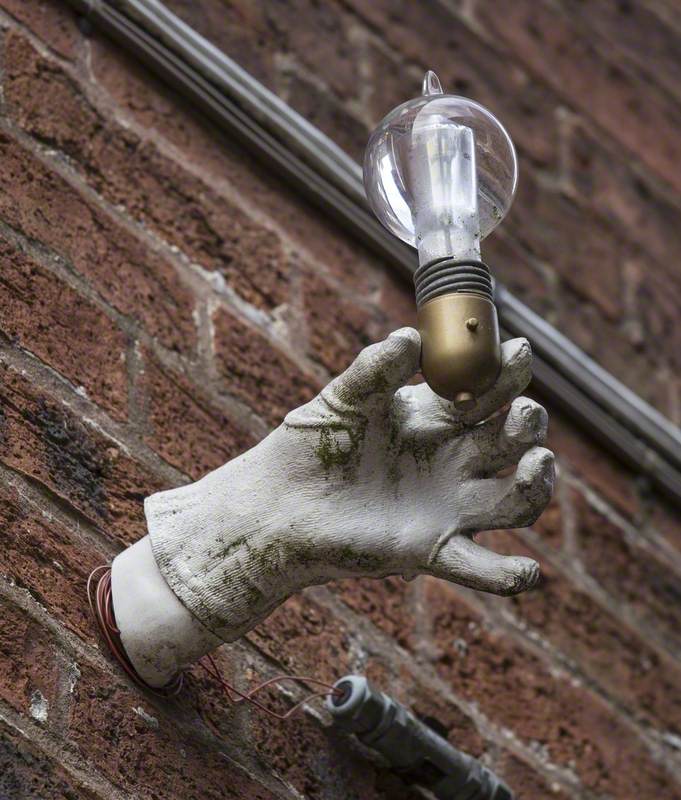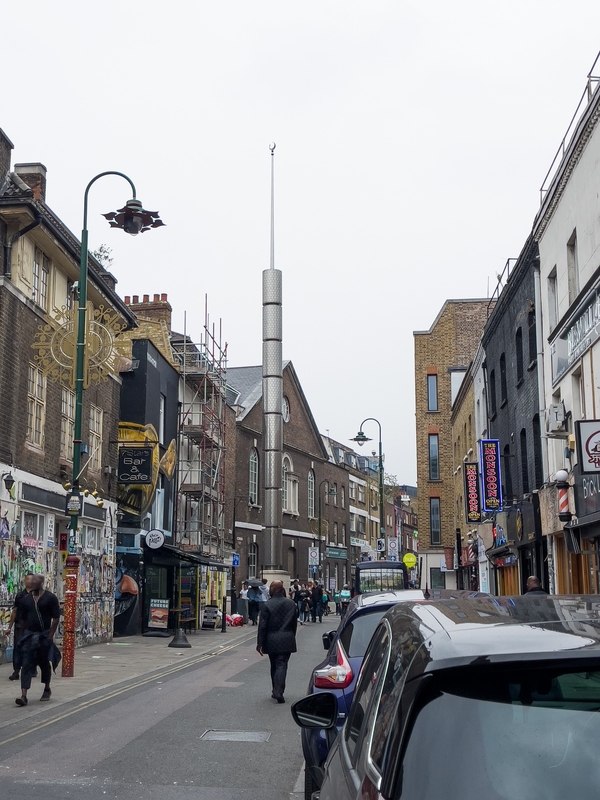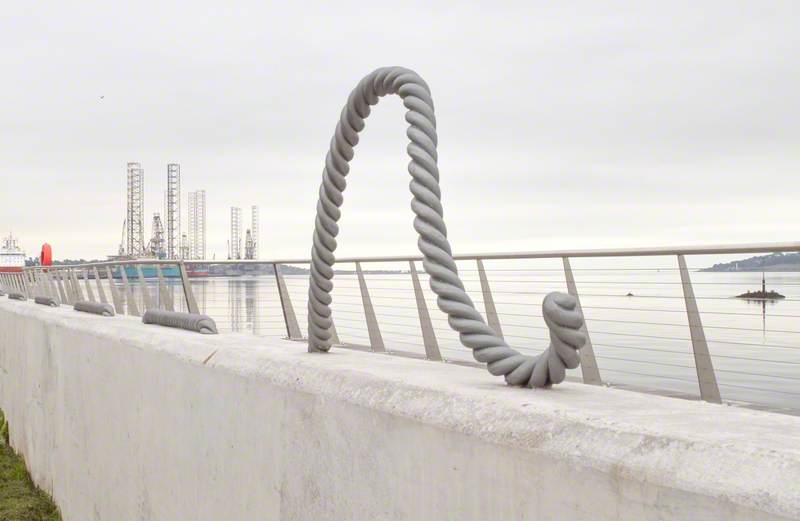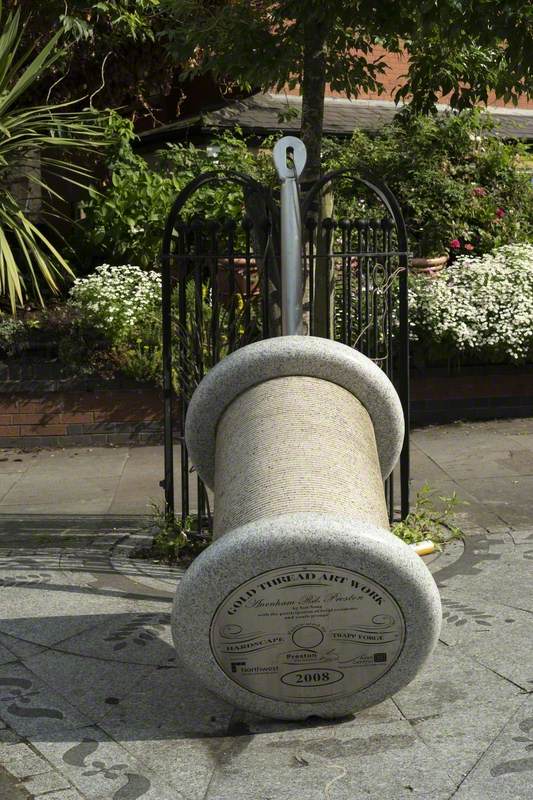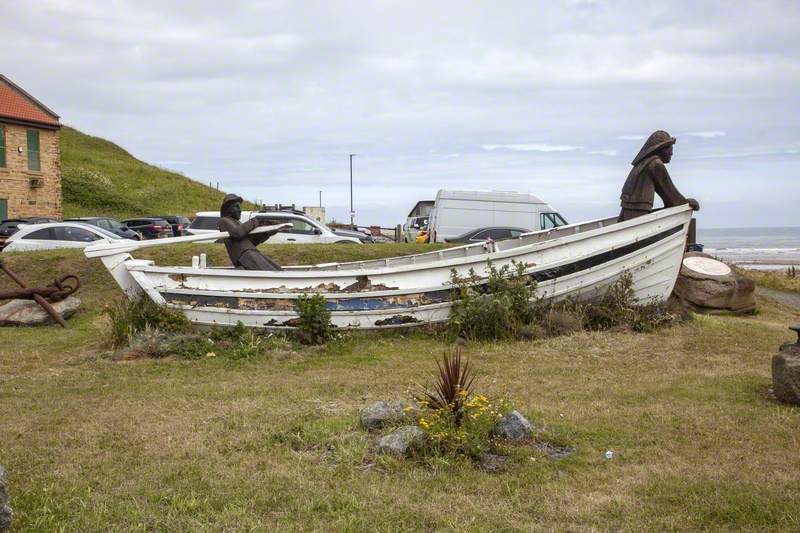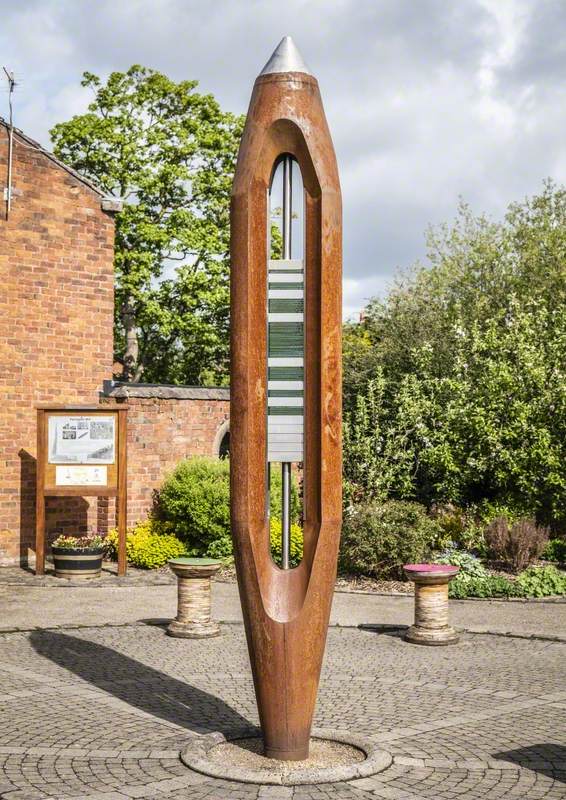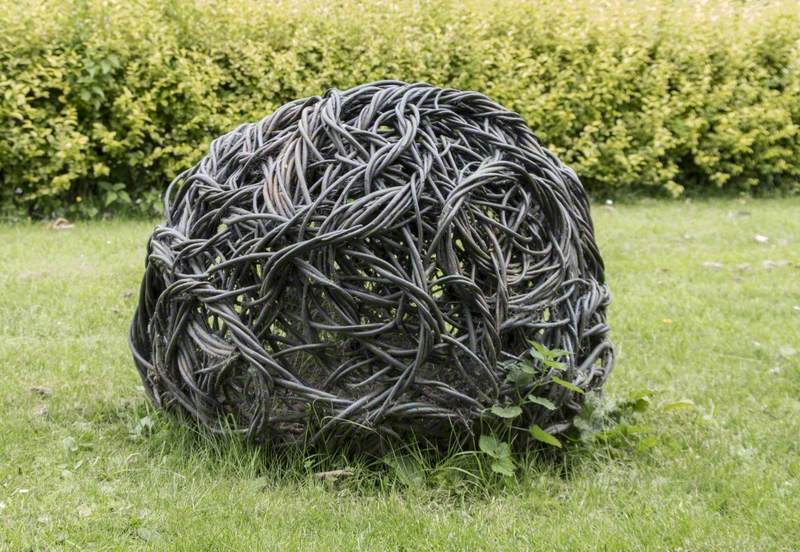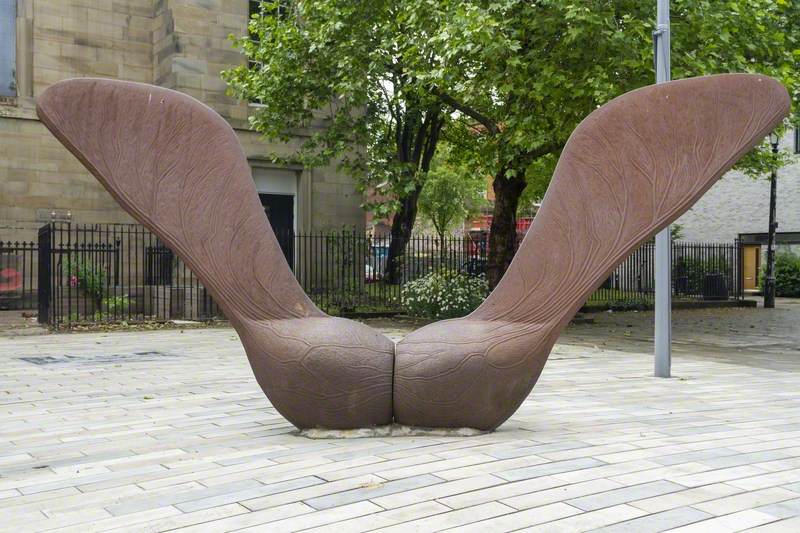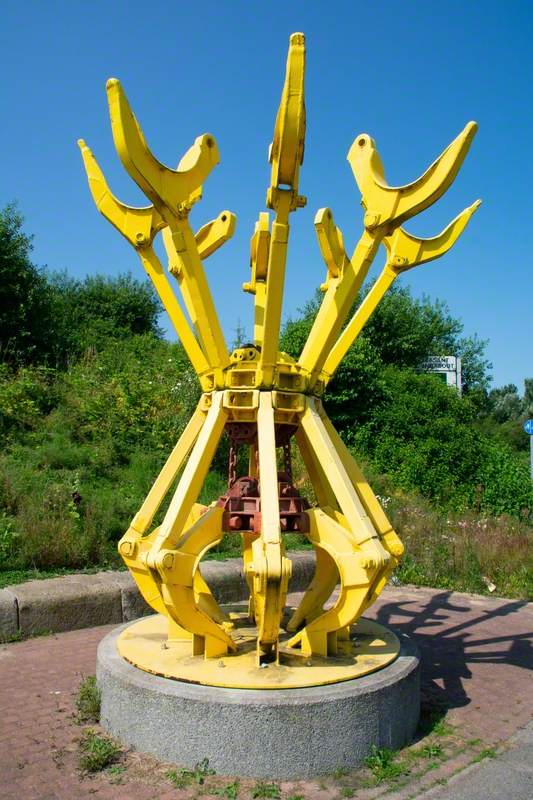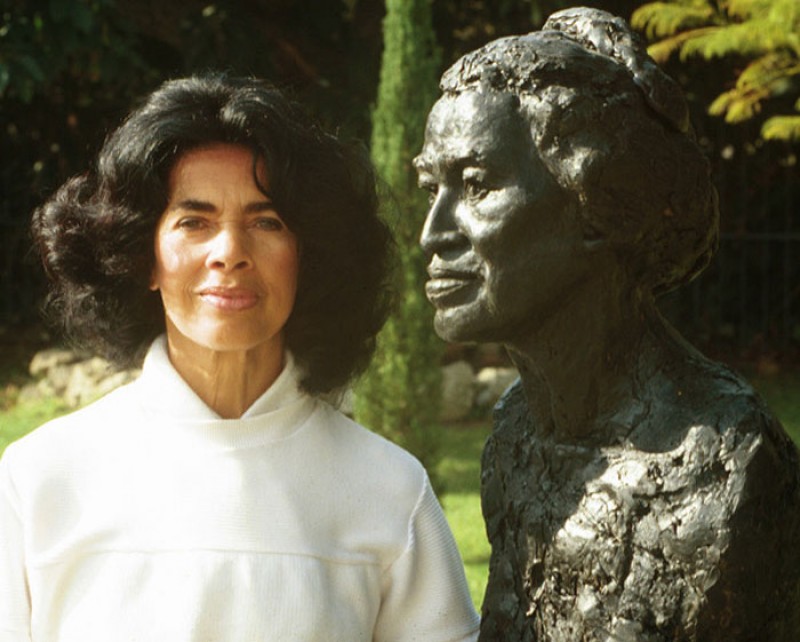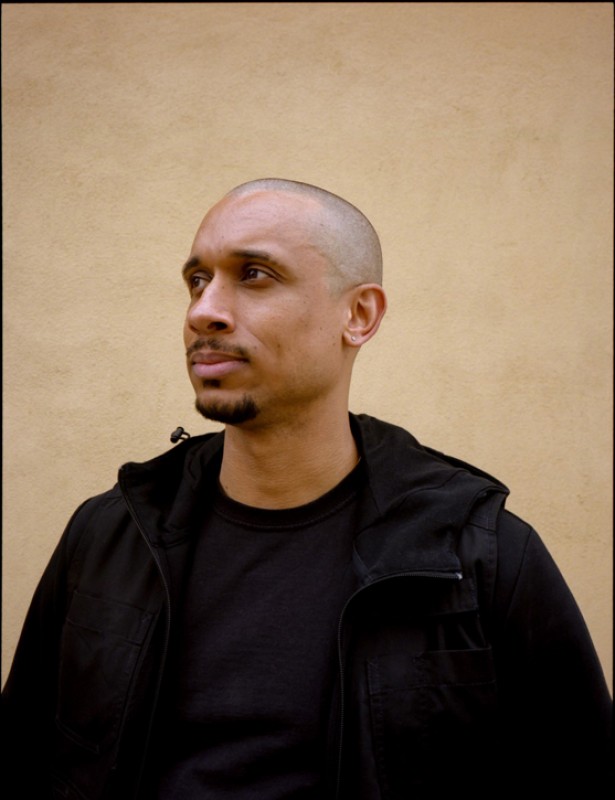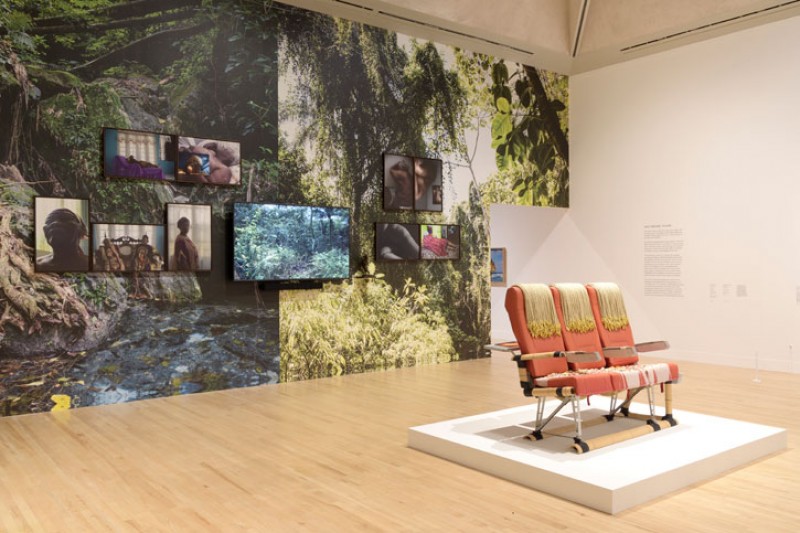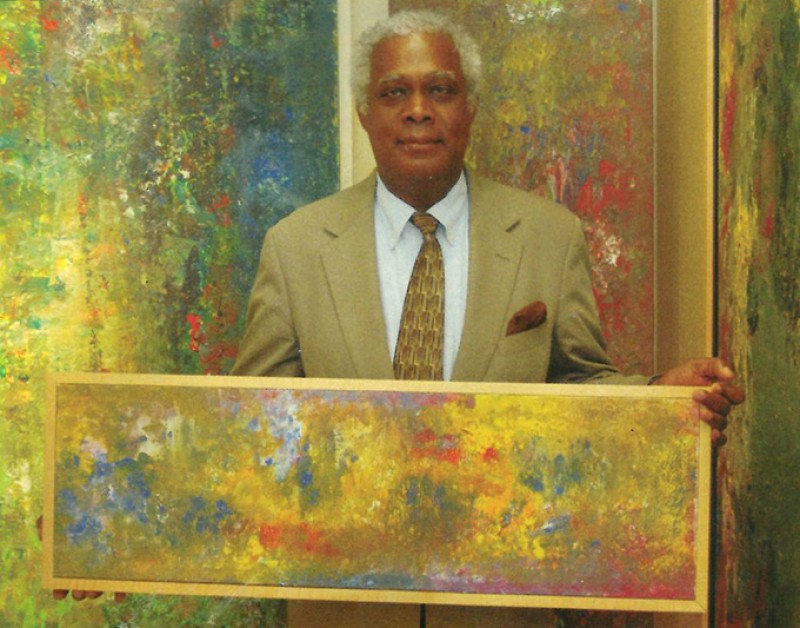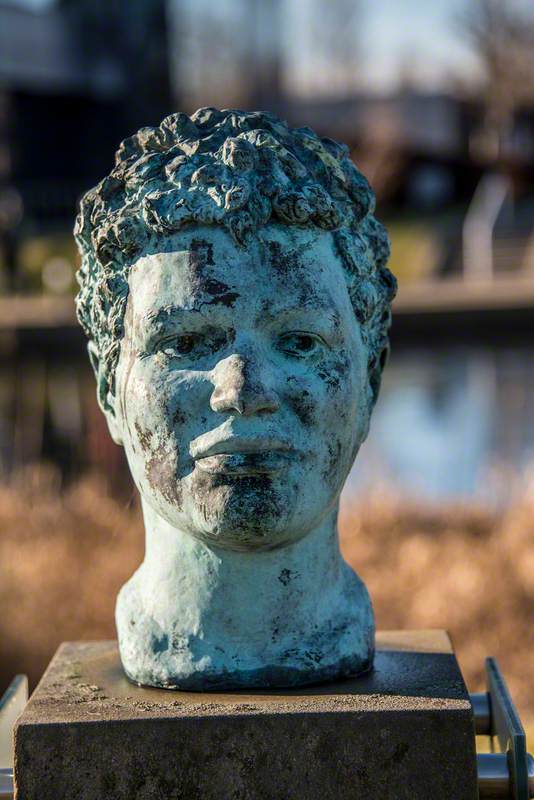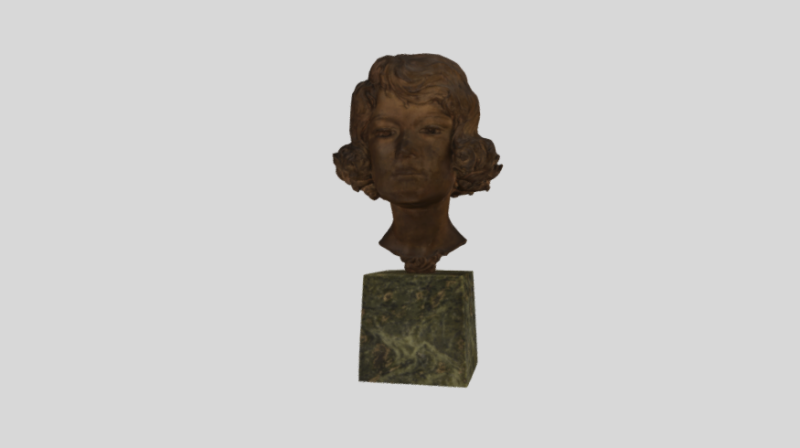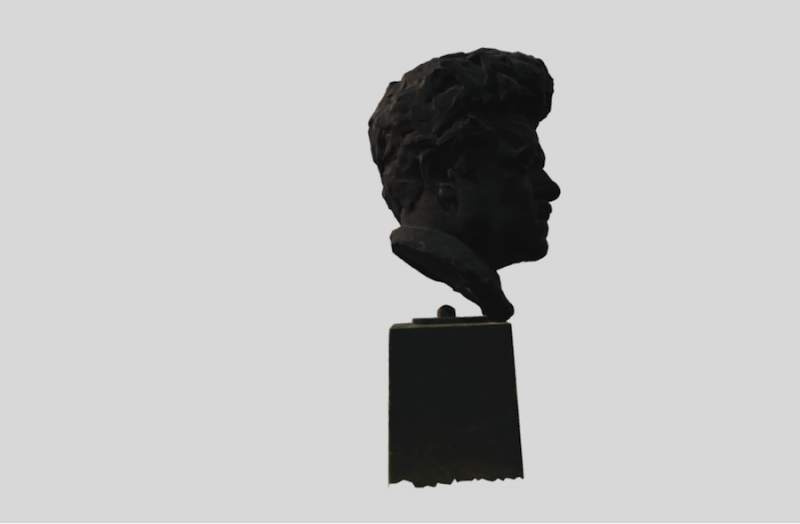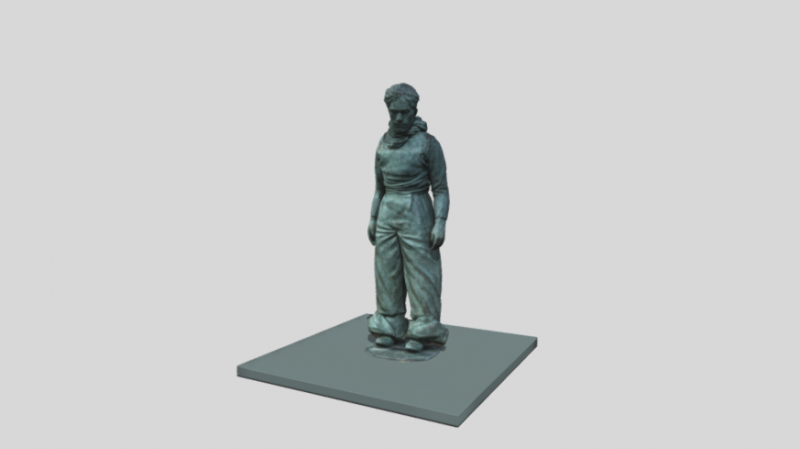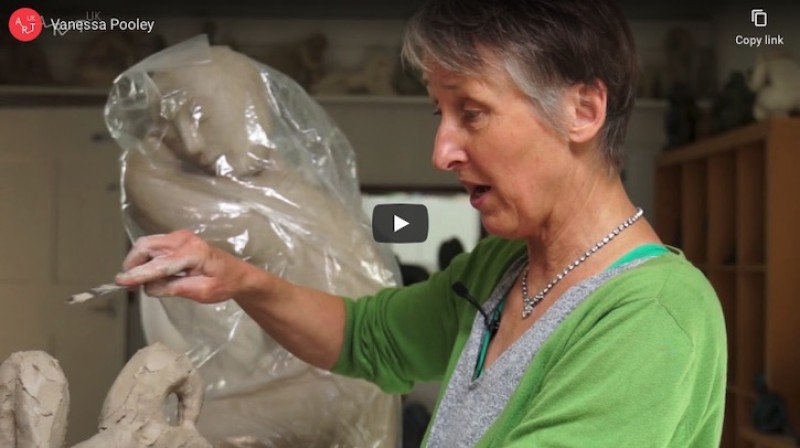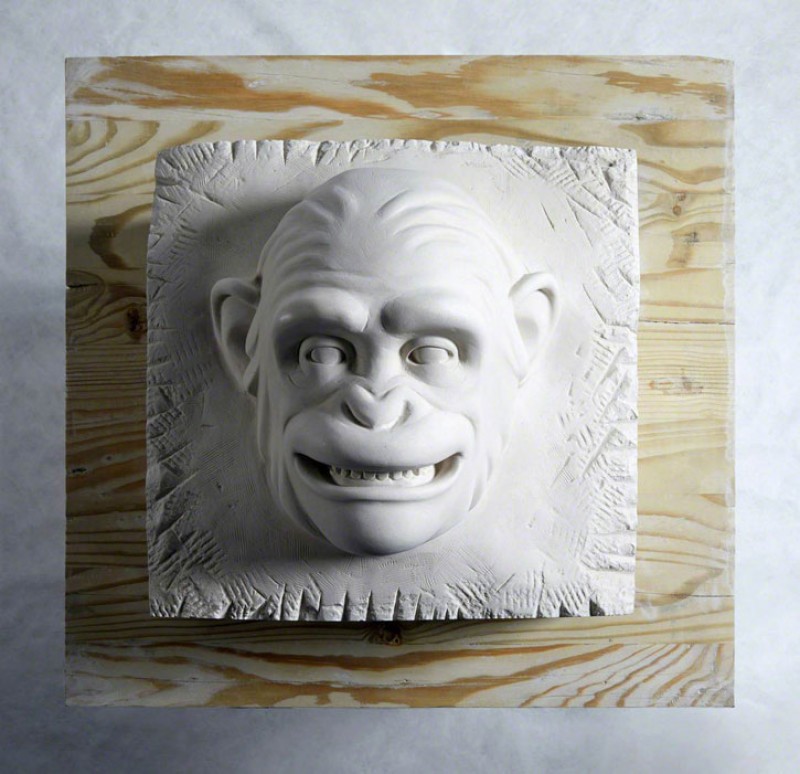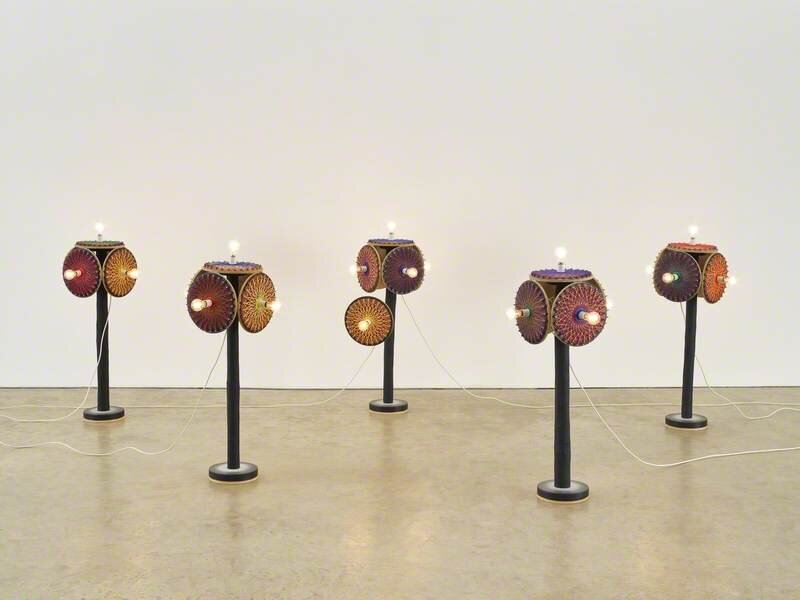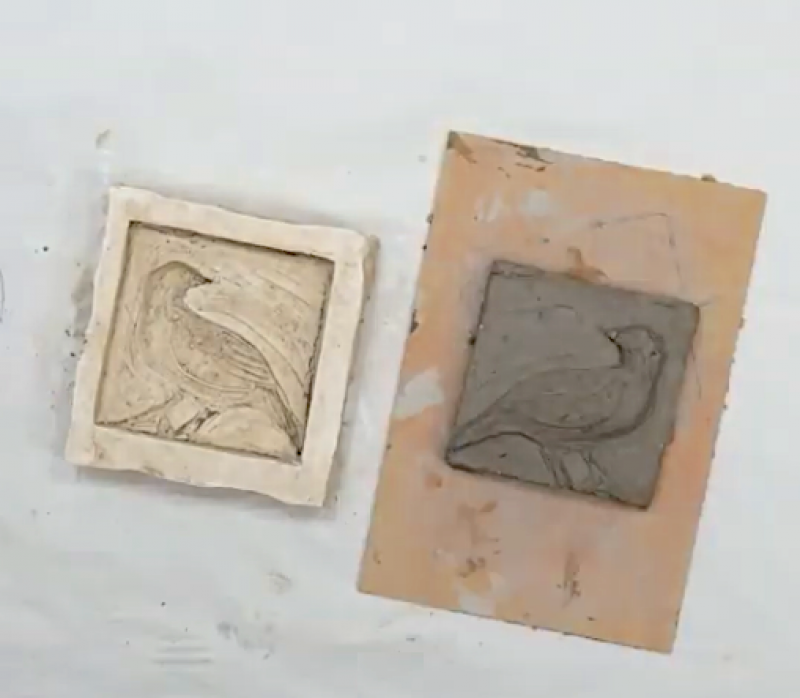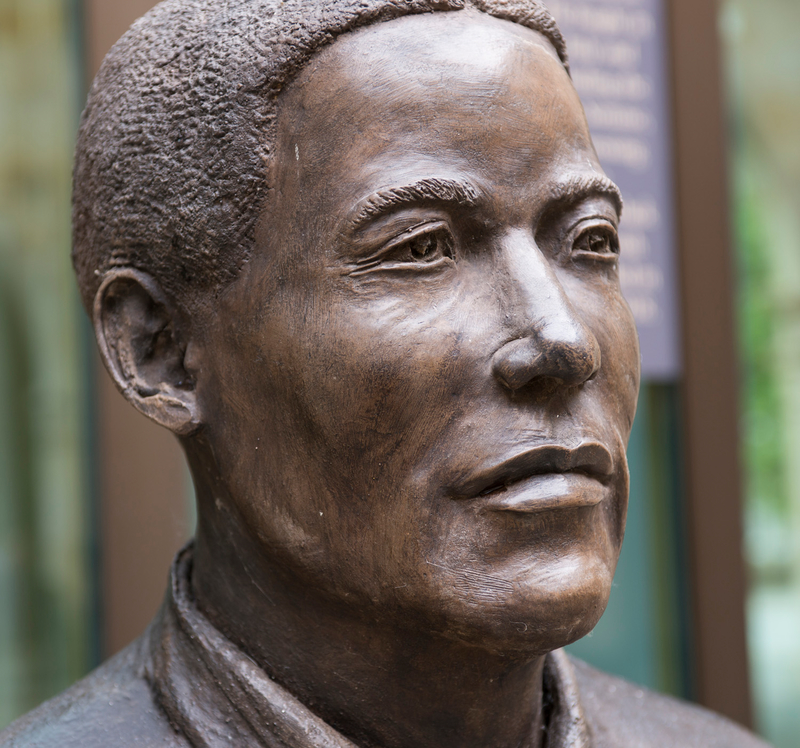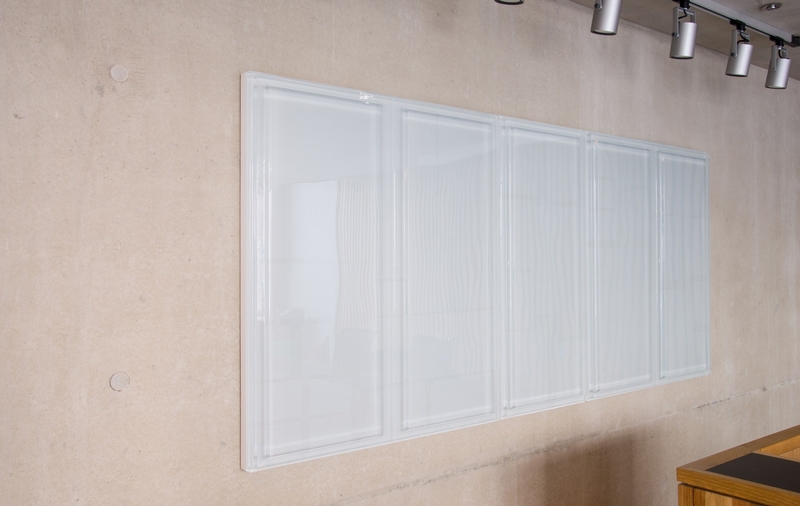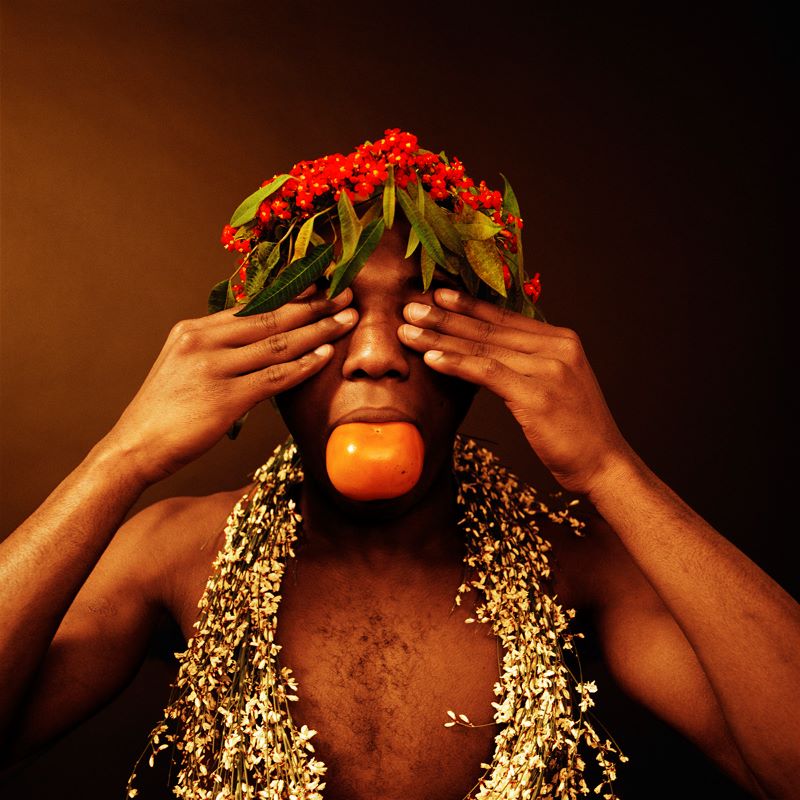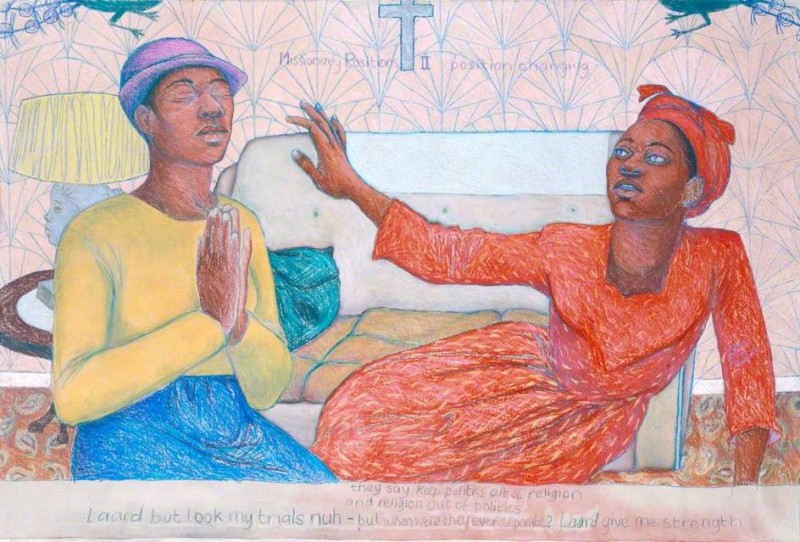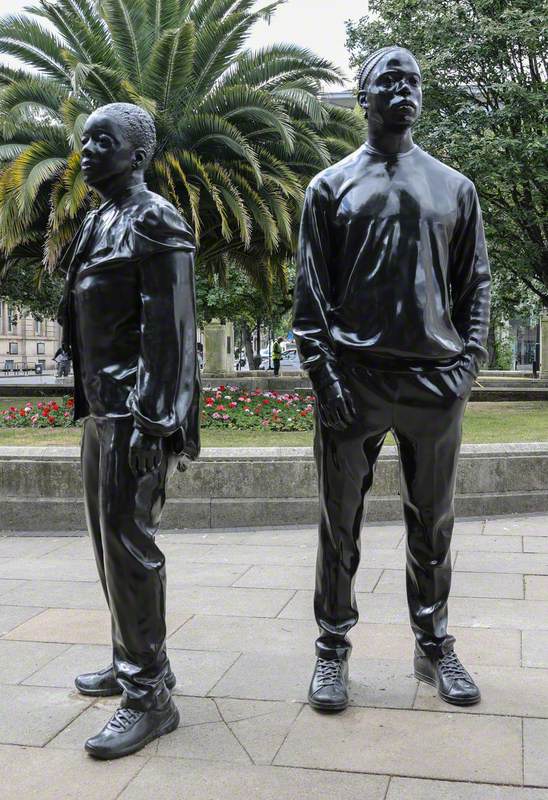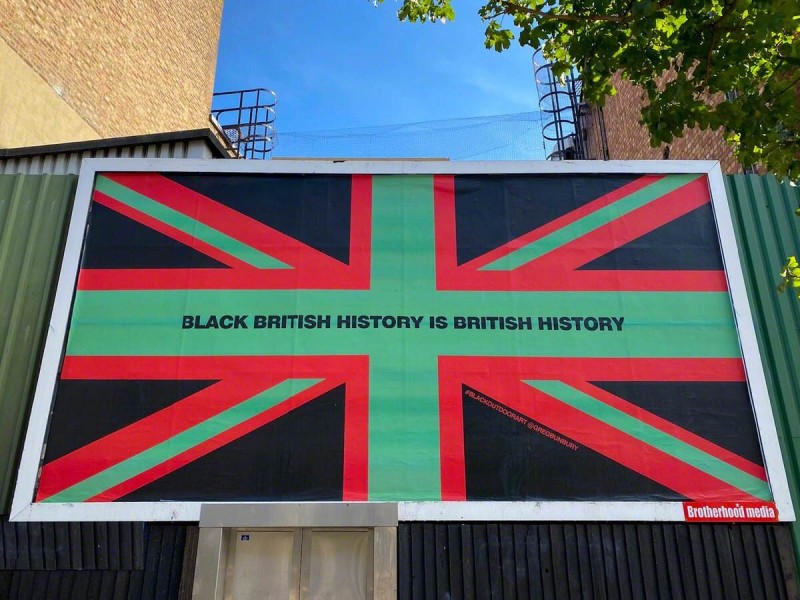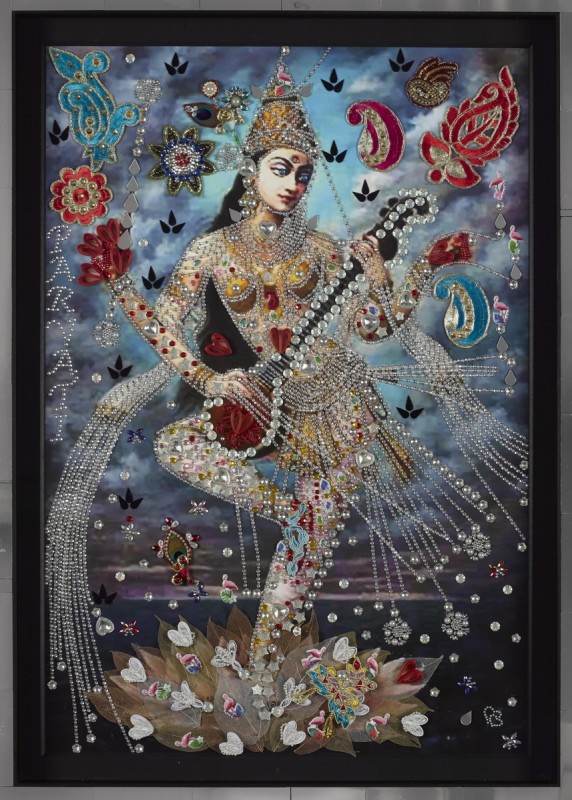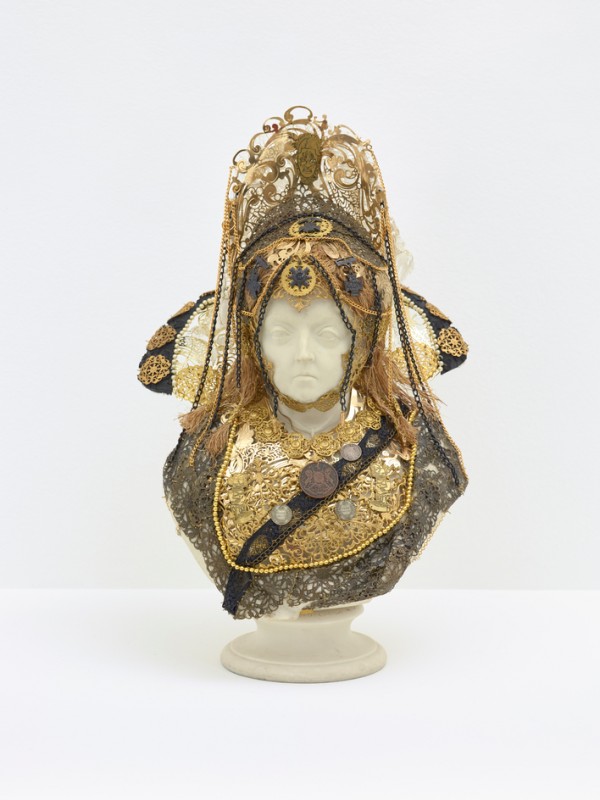Expressive Arts
Exploring the expressive arts is essential to developing artistic skills and knowledge and it enables learners to become curious and creative individuals.
Progression step 4:
– I can explore and experiment with my own and others’ creative ideas, demonstrating increasingly complex technical control, innovation, independent thinking and originality to develop my work with confidence, being able to explain my reasons behind choices made and evaluate their effectiveness on my creative work.
– I can explore creative work, understanding the personal, social, cultural and historical context, including the conventions of the period in which it was created.
– I can investigate and understand how meaning is communicated through the ideas of other artists and performers.
Responding and reflecting, both as artist and audience, is a fundamental part of learning in the expressive arts.
Progression step 4:
– I can effectively evaluate my own creative work and that of others showing increasing confidence to recognise and articulate strengths, and to demonstrate resilience and determination to improve.
– I can evaluate the effectiveness of a wide range of artistic techniques in producing meaning.
Creating combines skills and knowledge, drawing on the senses, inspiration and imagination
Progression step 4:
– I can use my experimentation and investigation to manipulate creative work with purpose and intent when communicating my ideas.
– I can purposefully use my design skills and apply a range of solutions to clarify and refine final creative ideas.
– I can draw upon my experiences and knowledge to inform and develop strategies to overcome creative challenges with imagination and resilience.
– I can confidently consider myself, others, audience, participants and matters of intellectual property when creating work.
Humanities
Enquiry, exploration and investigation inspire curiosity about the world, its past, present and future
Progression step 4:
– I can analyse, present and reflect on my findings, describing patterns and explaining relationships across data and sources.
– I can analyse the usefulness and consider the reliability and validity of a range of evidence relating to my enquiry.
Events and human experiences are complex, and are perceived, interpreted and presented in different ways
Progression step 4:
– I can infer and evaluate opinions, viewpoints and interpretations from a range of sources and evidence in order to develop my own informed judgements.
Human societies are complex and diverse and are shaped by human actions and beliefs
Progression step 4:
– I can use my knowledge and understanding to analyse and explain how different communities and societies have changed over time, in my locality and in Wales, as well as in the wider world.
– I can analyse and explain how identity is formed. I can explain the connections between diverse societies.
– I can analyse and explain the diverse stories, beliefs and experiences of people in societies in my locality and in Wales, as well as in the wider world.
– I can explain and compare how communities have been shaped by the past and I can explain how a range of factors contribute to this.
Informed, self-aware citizens engage with the challenges and opportunities that face humanity, and are able to take considered and ethical action
Progression step 4:
– I can explain and analyse why injustice and inequality exist and can do so in a range of contexts.
